Use this nursing care plan and management guide to help care for patients with peritonitis. Enhance your understanding of nursing assessment, interventions, goals, and nursing diagnosis, all specifically tailored to address the unique needs of individuals facing peritonitis.
What is Peritonitis?
Peritonitis is the acute or chronic inflammation of the peritoneum, the membrane that lines the abdominal cavity and covers the visceral organs. Inflammation may extend throughout the peritoneum or may be localized as an abscess. Peritonitis commonly decreases intestinal motility and causes intestinal distention with gas. mortality is 10% with death usually a result of bowel obstruction.
The peritoneum is sterile, despite the GI tract normally containing bacteria. When bacteria invade the peritoneum due to inflammation or perforation of the GI tract peritonitis usually occurs. Bacterial invasion usually results from appendicitis, diverticulitis, peptic ulcer, ulcerative colitis, volvulus, abdominal neoplasms, or a stab wound. It may also be associated with peritoneal dialysis.
Nursing Care Plans and Management
Early treatment of GI inflammation conditions and preoperative and postoperative therapy help prevent peritonitis. Patient care includes monitoring and measures to prevent complications and the spread of infection.
Nursing Problem Priorities
The following are the nursing priorities for patients with peritonitis:
- Administer appropriate antibiotics to control infection.
- Manage pain and discomfort associated with peritonitis.
- Monitor and stabilize vital signs.
- Initiate fluid resuscitation and maintain adequate hydration.
- Prepare for surgical intervention if necessary.
- Provide supportive care to prevent complications.
- Monitor for signs of sepsis and manage accordingly.
- Educate patients on the importance of adherence to medication and follow-up appointments.
Nursing Assessment
See nursing assessment cues under Nursing Interventions and Actions.
Nursing Diagnosis
Following a thorough assessment, a nursing diagnosis is formulated to specifically address the challenges associated with peritonitis based on the nurse’s clinical judgment and understanding of the patient’s unique health condition. While nursing diagnoses serve as a framework for organizing care, their usefulness may vary in different clinical situations. In real-life clinical settings, it is important to note that the use of specific nursing diagnostic labels may not be as prominent or commonly utilized as other components of the care plan. It is ultimately the nurse’s clinical expertise and judgment that shape the care plan to meet the unique needs of each patient, prioritizing their health concerns and priorities.
Nursing Goals
Goals and expected outcomes may include:
- The client will achieve timely healing; be free of purulent drainage or erythema; be afebrile.
- The client will verbalize understanding of the individual causative/risk factor(s).
- The client will demonstrate improved fluid balance as evidenced by adequate urinary output with normal specific gravity, stable vital signs, moist mucous membranes, good skin turgor, prompt capillary refill, and weight within the acceptable range.
- The client will report relief or control of pain.
- The client will demonstrate the use of relaxation skills and other methods to promote comfort.
- The client will maintain the usual weight and positive nitrogen balance.
- The client will verbalize awareness of feelings and healthy ways to deal with them.
- The client’s anxiety will be reduced to a manageable level.
- The client will appear relaxed.
- The client will verbalize understanding of the disease process and potential complications.
- The client will identify the relationship of signs/symptoms to the disease process and correlate symptoms with causative factors.
- The client will verbalize understanding of therapeutic needs.
- The client will correctly perform necessary procedures and explain reasons for actions.
Nursing Interventions and Actions
Therapeutic interventions and nursing actions for patients with peritonitis may include:
1. Promoting Infection Control and Preventing Infection Risk
Patients with peritonitis are at risk for infection due to several factors, including inadequate primary defense mechanisms such as compromised skin and mucosal barriers, weakened immune systems due to underlying medical conditions or immunosuppressive therapies, and invasive procedures that can introduce harmful microorganisms into the body. These factors can make it easier for bacteria and other pathogens to enter the body and cause infection, which can be particularly dangerous in the case of peritonitis, an inflammation of the abdominal lining that can lead to serious complications.
Note individual risk factors. Abdominal trauma, acute appendicitis, peritoneal dialysis are common risk factors.
Influences choice of interventions.
Assess vital signs frequently, noting unresolved or progressing hypotension, decreased pulse pressure, tachycardia, fever, and tachypnea.
Signs of impending septic shock. Circulating endotoxins eventually produce vasodilation, a shift of fluid from circulation, and a low cardiac output state.
Note changes in mental status: confusion, stupor, and altered LOC.
Hypoxemia, hypotension, and acidosis can cause deteriorating mental status.
Note skin color, temperature, and moisture.
Warm, flushed, dry skin is an early sign of septicemia. Later manifestations include cool, clammy, pale skin and cyanosis as shock becomes refractory.
Monitor urine output.
Oliguria develops as a result of decreased renal perfusion, circulating toxins, and the effects of antibiotics.
Observe drainage from wounds and/or drains.
Provides information about the status of infection.
Obtain specimens and monitor results of serial blood, urine, and wound cultures.
Identifies causative microorganisms and helps in assessing the effectiveness of antimicrobial regimen.
Maintain strict aseptic technique in care of abdominal drains, incisions and/or open wounds, dressings, and invasive sites. Cleanse with an appropriate solution.
Prevents access or limits the spread of infecting organisms and cross-contamination.
Perform and teach proper hand washing techniques.
Reduces risk of cross-contamination and/or spread of infection.
Maintain sterile technique when catheterizing patients, provide catheter care, and encourage perineal cleansing on a routine basis.
Prevents access, and limits bacterial growth in the urinary tract.
Monitor and/or restrict visitors and staff as appropriate. Provide protective isolation if indicated.
Reduces risk of exposure to and/or acquisition of secondary infection in an immunocompromised patient.
Assist with peritoneal aspiration, if indicated.
May be done to remove fluid and to identify infecting organisms so appropriate antibiotic therapy can be instituted.
Administer antimicrobials: gentamicin (Garamycin), amikacin (Amikin), and clindamycin (Cleocin), via IV/peritoneal lavage.
Therapy is directed at anaerobic bacteria and aerobic Gram-negative bacilli. Lavage may be used to remove necrotic debris and treat the inflammation that is poorly localized or diffused.
Prepare for surgical intervention if indicated.
Surgery may be the treatment of choice (curative) in acute, localized peritonitis, e.g., to drain localized abscess; remove peritoneal exudates, ruptured appendix or gallbladder; plicate perforated ulcer; or resect bowel.
2. Enhancing Fluid Volume
Monitor vital signs, noting the presence of hypotension (including postural changes), tachycardia, tachypnea, and fever. Measure central venous pressure (CVP) if available.
Aids in evaluating the degree of fluid deficit or effectiveness of fluid replacement therapy and response to medications.
Observe skin or mucous membrane dryness, and turgor. Note peripheral and sacral edema.
Hypovolemia, fluid shifts, and nutritional deficits contribute to poor skin turgor and taut edematous tissues.
Maintain accurate I&O and correlate with daily weights. Include measured losses. Include measurements from gastric suction, drains, dressings, Hemovacs, diaphoresis, and abdominal girth for the third spacing of fluid.
Reflects overall hydration status. Urine output may be diminished because of hypovolemia and decreased renal perfusion, but weight may still increase, reflecting tissue edema or ascites accumulation. Gastric suction losses may be large, and a great deal of fluid can be sequestered in the bowel and peritoneal space (ascites).
Measure urine-specific gravity.
Reflects hydration status and changes in renal function, which may warn of developing acute renal failure in response to hypovolemia and the effect of toxins. Many antibiotics also have nephrotoxic effects that may further affect kidney function and urine output.
Monitor laboratory studies: Hb/ Hct, electrolytes, protein, albumin, BUN, and Creatinine.
Provides information about hydration, and organ function. Varied alterations with significant consequences to systemic function are possible as a result of fluid shifts, hypovolemia, hypoxemia, circulating toxins, and necrotic tissue products.
Eliminate noxious sights and smells from the environment. Limit intake of ice chips.
Reduces gastric stimulation and vomiting response. Excessive use of ice chips during gastric aspiration can increase gastric washout of electrolytes.
Change position frequently, provide frequent skin care, and maintain dry or wrinkle-free bedding.
Edematous tissue with compromised circulation is prone to breakdown.
Administer plasma or blood, fluids, electrolytes, and diuretics as indicated.
Replenishes circulating volume and electrolyte balance. Colloids (plasma, blood) help move water back into the intravascular compartment by increasing the osmotic pressure gradient. Diuretics may be used to assist in the excretion of toxins and to enhance renal function.
Maintain NPO with nasogastric or intestinal aspiration.
Reduces hyperactivity of bowel and diarrhea losses.
3. Relieving Pain and Discomfort
Investigate pain reports, noting location, duration, intensity(0–10 scale), and characteristics (dull, sharp, constant).
Changes in location or intensity are not uncommon but may reflect developing complications. Pain tends to become constant, more intense, and diffuse over the entire abdomen as the inflammatory process accelerates; pain may localize if an abscess develops.
Maintain semi-Fowler’s position as indicated.
Facilitates fluid or wound drainage by gravity, reducing diaphragmatic irritation and/or abdominal tension, thereby reducing pain.
Move the patient slowly and deliberately, splinting the painful area.
Reduces muscle tension and guarding, which may help minimize the pain of movement.
Provide comfort measures: massage, back rubs, and deep breathing. Instruct in relaxation and visualization exercises. Provide diversional activities.
Promotes relaxation and may enhance the patient’s coping abilities by refocusing attention.
Provide frequent oral care. Remove noxious environmental stimuli.
Reduces nausea and vomiting, which can increase intra-abdominal pressure and pain.
Administer medications as indicated.
See Pharmacologic Management
4. Reducing Anxiety and Fear
Evaluate anxiety level, noting the patient’s verbal and nonverbal responses. Encourage free expression of emotions.
The apprehension may be escalated by severe pain, increasingly ill feelings, the urgency of diagnostic procedures, and the possibility of surgery.
Provide information regarding the disease process and anticipated treatment.
Knowing what to expect can reduce anxiety.
Schedule adequate rest and uninterrupted periods for sleep.
Limits fatigue, conserves energy and can enhance coping ability.
5. Improving Nutritional Status
Auscultate bowel sounds, noting absent or hyperactive sounds.
Although bowel sounds are frequently absent, inflammation and irritation of the intestine may be accompanied by intestinal hyperactivity, diminished water absorption, and diarrhea.
Monitor NG tube output. Note the presence of vomiting, and diarrhea.
Large amounts of the gastric aspirant and vomiting and diarrhea suggest bowel obstruction, requiring further evaluation.
Measure abdominal girth.
Provides quantitative evidence of changes in gastric or intestinal distension and/or accumulation of ascites.
Assess the abdomen frequently for return to softness, the reappearance of normal bowel sounds, and passage of flatus.
Indicates return of normal bowel function and ability to resume oral intake.
Weigh regularly.
Initial losses or gains reflect changes in hydration, but sustained losses suggest a nutritional deficit.
Monitor BUN, protein, prealbumin and albumin, glucose, and nitrogen balance as indicated.
Reflects organ function and nutritional status and needs.
Advance diet as tolerated. Advance from clear liquids to soft food.
Careful progression of diet when intake is resumed reduces the risk of gastric irritation.
Administer TPN as indicated.
Promotes nutrient utilization and positive nitrogen balance in patients who are unable to assimilate nutrients in a normal fashion.
6. Initiating Patient Education and Health Teachings
Review the underlying disease process and recovery expectations.
Provides a knowledge base from which patients can make informed choices.
Identify signs and symptoms requiring medical evaluation: recurrent abdominal pain and distension, vomiting, fever, chills, or presence of purulent drainage, swelling, erythema of surgical incision (if present).
Early recognition and treatment of developing complications may prevent more serious illness and injury.
Discuss the medication regimen, schedule, and possible side effects.
Antibiotics may be continued after discharge, depending on the length of stay.
Recommend gradual resumption of usual activities as tolerated, allowing for adequate rest.
Prevents fatigue, and enhances the feeling of well-being.
Review activity restrictions or limitations: avoid heavy lifting and constipation.
Avoids unnecessary increase of intra-abdominal pressure and muscle tension.
Demonstrate aseptic dressing change, and wound care.
Reduces risk of contamination. Provides an opportunity to evaluate the healing process.
Emphasize the importance of medical follow-up.
Necessary to monitor the resolution of infection and the resumption of usual activities.
7. Administer Medications and Provide Pharmacologic Support
1. Analgesics, narcotics
Reduce metabolic rate and intestinal irritation from circulating or local toxins, which aids in pain relief and promotes healing. Pain is usually severe and may require narcotic pain control. Analgesics may be withheld during the initial diagnostic process because they can mask signs and symptoms.
2. Antiemetics: hydroxyzine (Vistaril)
Reduce nausea and vomiting, which can increase abdominal pain.
3. Antipyretics: acetaminophen (Tylenol)
Reduce discomfort associated with fever.
8. Monitoring Results of Diagnostic and Laboratory Procedures
In patients with peritonitis, several laboratory and diagnostic tests are important for the assessment, diagnosis, and management of the condition.
1. Complete Blood Count (CBC)
A CBC provides information about the white blood cell count (WBC), red blood cell count, hemoglobin levels, and platelet count. An elevated WBC count, especially with a shift to the left (increase in immature forms of white blood cells), can indicate an infection or inflammation associated with peritonitis. Changes in red blood cell count and hemoglobin levels may help assess the patient’s overall health and identify anemia, which can be caused by underlying conditions or blood loss.
2. Blood Cultures
Blood cultures are performed to identify the presence of bacteria or other microorganisms in the bloodstream. Positive blood cultures can confirm the diagnosis of septic peritonitis, providing important information about the causative microorganism(s) and guiding appropriate antibiotic therapy.
3. Ascitic Fluid Analysis
Ascitic fluid analysis involves collecting and analyzing fluid samples from the peritoneal cavity. Ascitic fluid analysis helps determine the cause of peritonitis and provides valuable information about the type of infection (bacterial, fungal, or tuberculous) or non-infectious causes (such as malignancy or pancreatitis). Key parameters assessed include cell count, differential cell count, protein levels, glucose levels, lactate dehydrogenase (LDH), and bacterial cultures.
4. Imaging Studies
Imaging studies, such as abdominal ultrasound, computed tomography (CT) scan, or X-ray, can help visualize the abdominal organs and detect abnormalities. These imaging modalities assist in identifying the underlying cause of peritonitis, such as appendicitis, diverticulitis, or perforation of the gastrointestinal tract. They can also help evaluate the extent of infection, the presence of abscesses or fluid collections, and guide appropriate treatment decisions.
5. Peritoneal Fluid Gram Stain
A Gram stain is performed on peritoneal fluid to quickly identify the presence and type of bacteria. The Gram stain provides preliminary information about the causative bacteria, helping guide the selection of appropriate antibiotics before culture results are available.
6. C-reactive Protein (CRP)
CRP is an acute-phase protein that increases in response to inflammation. Elevated CRP levels can indicate the presence and severity of inflammation in peritonitis, helping monitor the response to treatment and guide the duration of antibiotic therapy.
7. Liver Function Tests (LFTs)
LFTs measure the levels of liver enzymes and other markers to assess liver function. Abnormal liver function, indicated by elevated levels of enzymes such as alanine transaminase (ALT), aspartate transaminase (AST), or bilirubin, may suggest underlying liver disease or bile duct obstruction as a cause of peritonitis.
8. Renal Function Tests
Renal function tests, including blood urea nitrogen (BUN) and creatinine, help assess kidney function. Monitoring renal function is important in patients with peritonitis to identify any renal impairment or acute kidney injury (AKI) that may occur as a complication of the condition or as a result of sepsis.
9. Assessing and Monitoring for Potential Complications
Assessing and monitoring for potential complications is an essential aspect of caring for patients with peritonitis. Complications can arise from the underlying cause of peritonitis, such as infection, trauma, or a perforated organ. Regular assessment and monitoring for potential complications in patients with peritonitis allow for early detection, timely intervention, and improved patient outcomes.
1. Assess patient’s vital signs regularly.
Regularly monitoring vital signs, including temperature, heart rate, blood pressure, and respiratory rate, allows for the early detection of changes that may indicate worsening infection, sepsis, or systemic inflammatory response syndrome (SIRS). Prompt recognition of these complications is crucial for timely intervention and improved patient outcomes.
2. Assess presence ofr abdominal pain and tenderness.
Frequent assessment of abdominal pain and tenderness helps identify changes in the severity or location of pain, which may indicate worsening peritonitis, bowel perforation, or the development of abscesses. Prompt identification of these complications is important for appropriate management and preventing further deterioration.
3. Monitor patient for signs of infection.
Assessing for signs of infection, such as fever, chills, increased WBC count, or purulent drainage, is essential in detecting worsening or persistent infection. Early recognition allows for prompt intervention, including adjustments to antibiotic therapy or the need for additional diagnostic tests, such as blood cultures or imaging studies, to identify the source of infection or complications such as abscess formation.
4. Assess patient’s fluid balance.
Monitoring fluid balance, including intake and output measurements, helps identify changes in hydration status and renal function. Patients with peritonitis are at risk of fluid imbalances due to fluid shifts, inflammation, and sepsis. Early detection and intervention can help prevent complications associated with dehydration or fluid overload.
5. Assess patient’s nutritional status.
Regular assessment of nutritional status is important to identify malnutrition, which can compromise the immune system and delay wound healing. Patients with peritonitis may experience decreased oral intake due to pain or nausea. Evaluating weight changes, dietary intake, and laboratory values (e.g., albumin, prealbumin) can guide appropriate nutritional interventions and support wound healing and overall recovery.
Recommended Resources
Recommended nursing diagnosis and nursing care plan books and resources.
Disclosure: Included below are affiliate links from Amazon at no additional cost from you. We may earn a small commission from your purchase. For more information, check out our privacy policy.
Ackley and Ladwig’s Nursing Diagnosis Handbook: An Evidence-Based Guide to Planning Care
We love this book because of its evidence-based approach to nursing interventions. This care plan handbook uses an easy, three-step system to guide you through client assessment, nursing diagnosis, and care planning. Includes step-by-step instructions showing how to implement care and evaluate outcomes, and help you build skills in diagnostic reasoning and critical thinking.

Nursing Care Plans – Nursing Diagnosis & Intervention (10th Edition)
Includes over two hundred care plans that reflect the most recent evidence-based guidelines. New to this edition are ICNP diagnoses, care plans on LGBTQ health issues, and on electrolytes and acid-base balance.

Nurse’s Pocket Guide: Diagnoses, Prioritized Interventions, and Rationales
Quick-reference tool includes all you need to identify the correct diagnoses for efficient patient care planning. The sixteenth edition includes the most recent nursing diagnoses and interventions and an alphabetized listing of nursing diagnoses covering more than 400 disorders.

Nursing Diagnosis Manual: Planning, Individualizing, and Documenting Client Care
Identify interventions to plan, individualize, and document care for more than 800 diseases and disorders. Only in the Nursing Diagnosis Manual will you find for each diagnosis subjectively and objectively – sample clinical applications, prioritized action/interventions with rationales – a documentation section, and much more!

All-in-One Nursing Care Planning Resource – E-Book: Medical-Surgical, Pediatric, Maternity, and Psychiatric-Mental Health
Includes over 100 care plans for medical-surgical, maternity/OB, pediatrics, and psychiatric and mental health. Interprofessional “patient problems” focus familiarizes you with how to speak to patients.

See also
Other recommended site resources for this nursing care plan:
- Nursing Care Plans (NCP): Ultimate Guide and Database MUST READ!
Over 150+ nursing care plans for different diseases and conditions. Includes our easy-to-follow guide on how to create nursing care plans from scratch. - Nursing Diagnosis Guide and List: All You Need to Know to Master Diagnosing
Our comprehensive guide on how to create and write diagnostic labels. Includes detailed nursing care plan guides for common nursing diagnostic labels.
More nursing care plans related to gastrointestinal disorders:
- Appendectomy
- Bowel Incontinence (Fecal Incontinence)
- Cholecystectomy
- Constipation
- Diarrhea Nursing Care Plan and Management
- Cholecystitis and Cholelithiasis
- Gastroenteritis
- Gastroesophageal Reflux Disease (GERD)
- Hemorrhoids
- Hepatitis
- Ileostomy & Colostomy
- Inflammatory Bowel Disease (IBD)
- Intussusception
- Liver Cirrhosis
- Nausea & Vomiting
- Pancreatitis
- Peritonitis
- Peptic Ulcer Disease
- Subtotal Gastrectomy





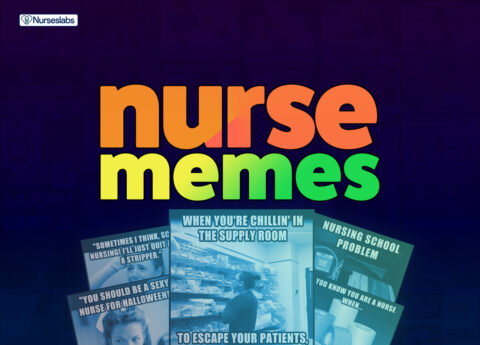


















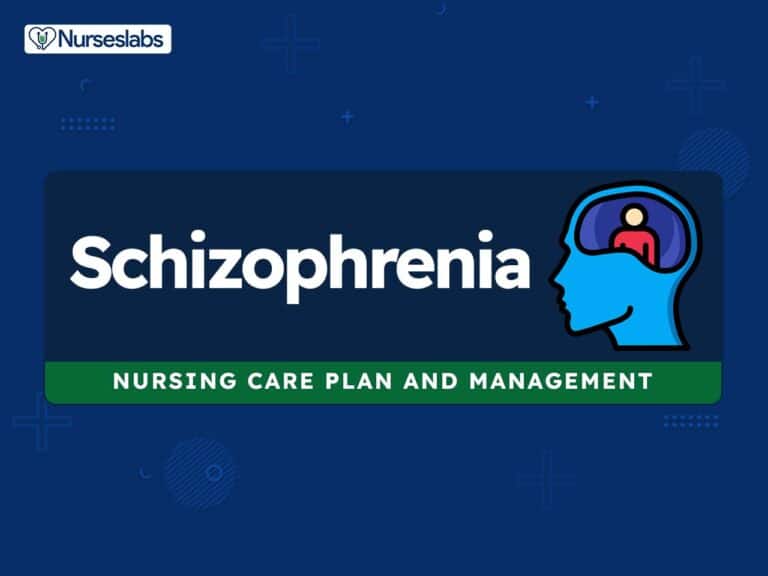
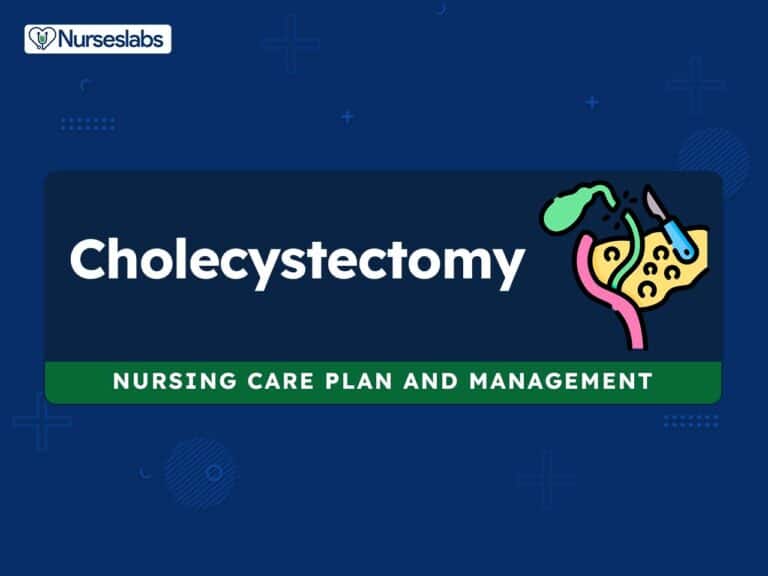
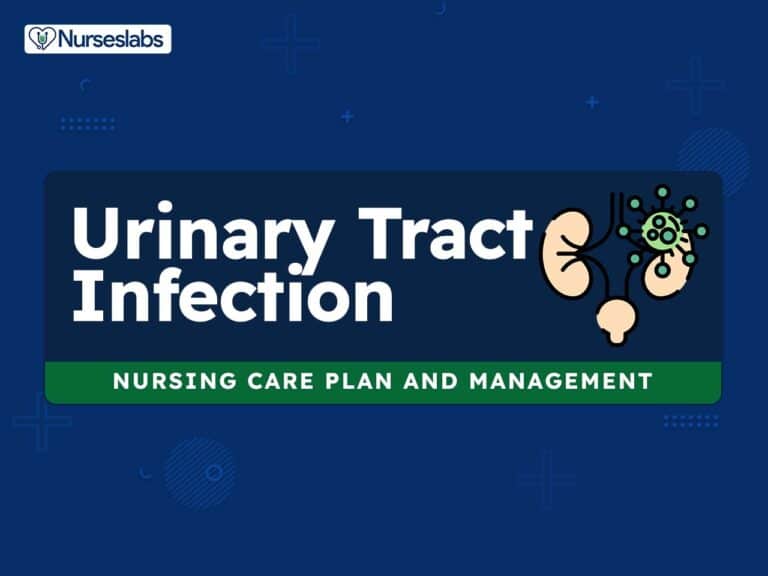
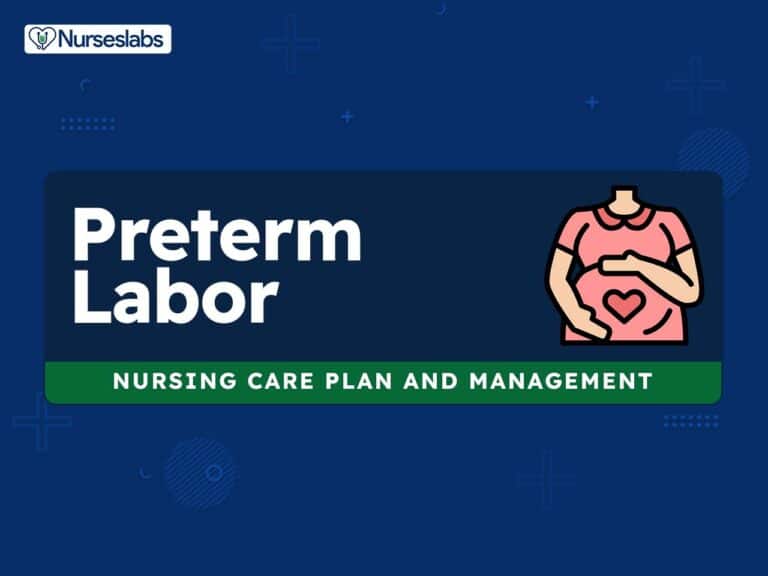
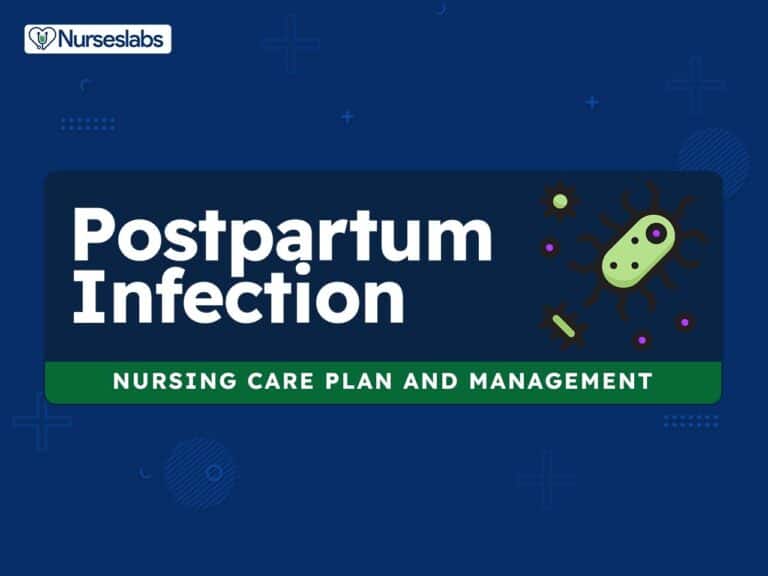


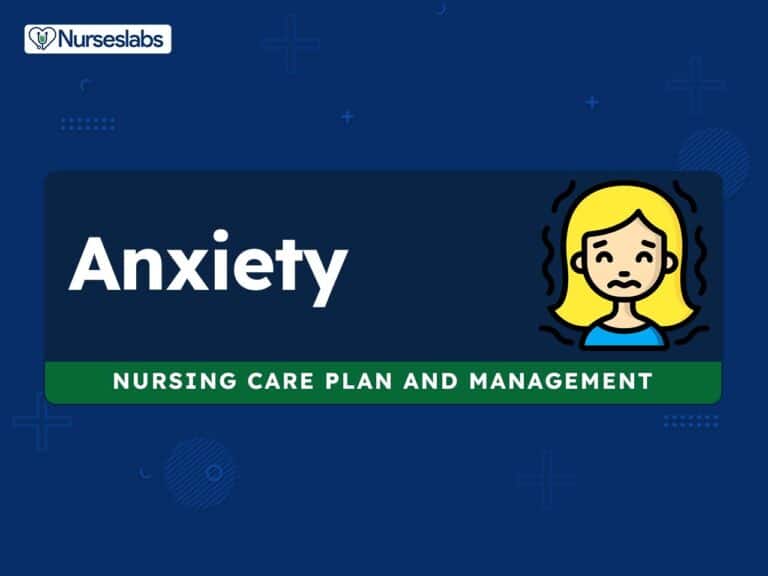
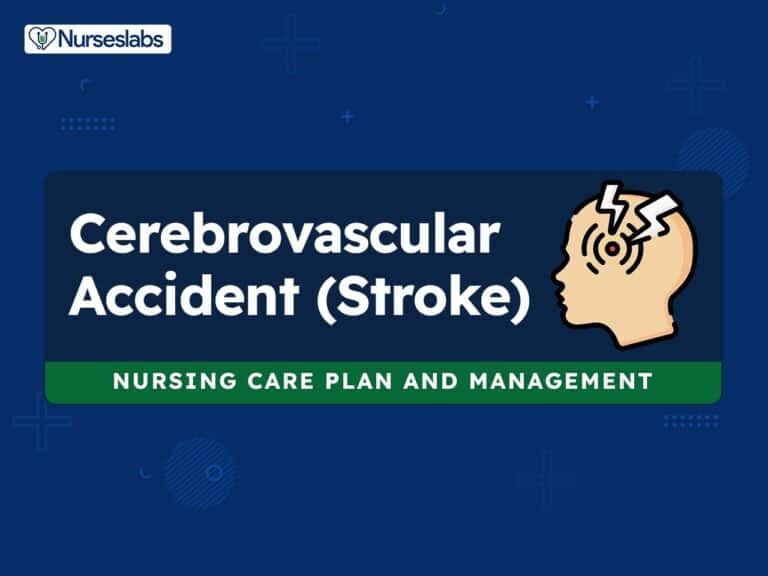
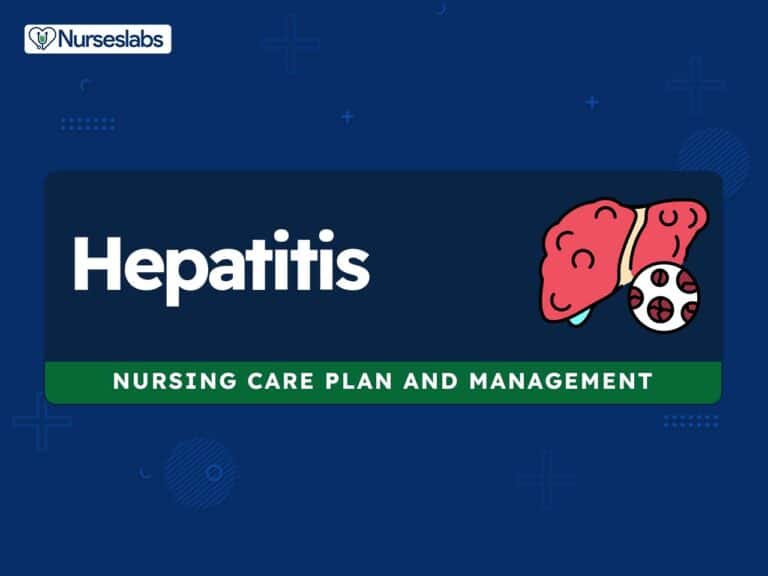
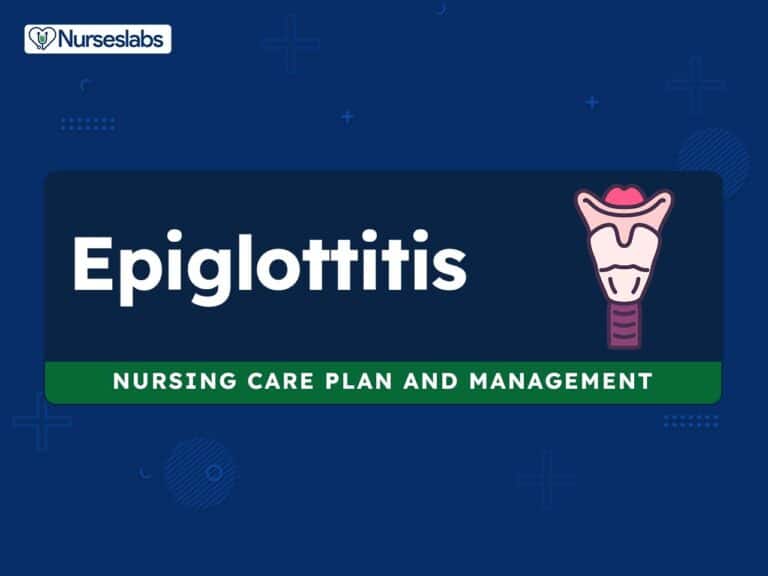
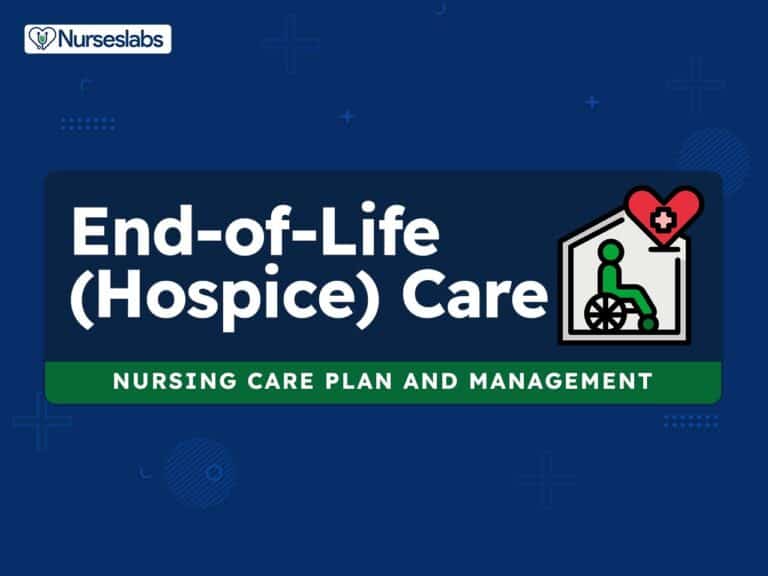
Leave a Comment